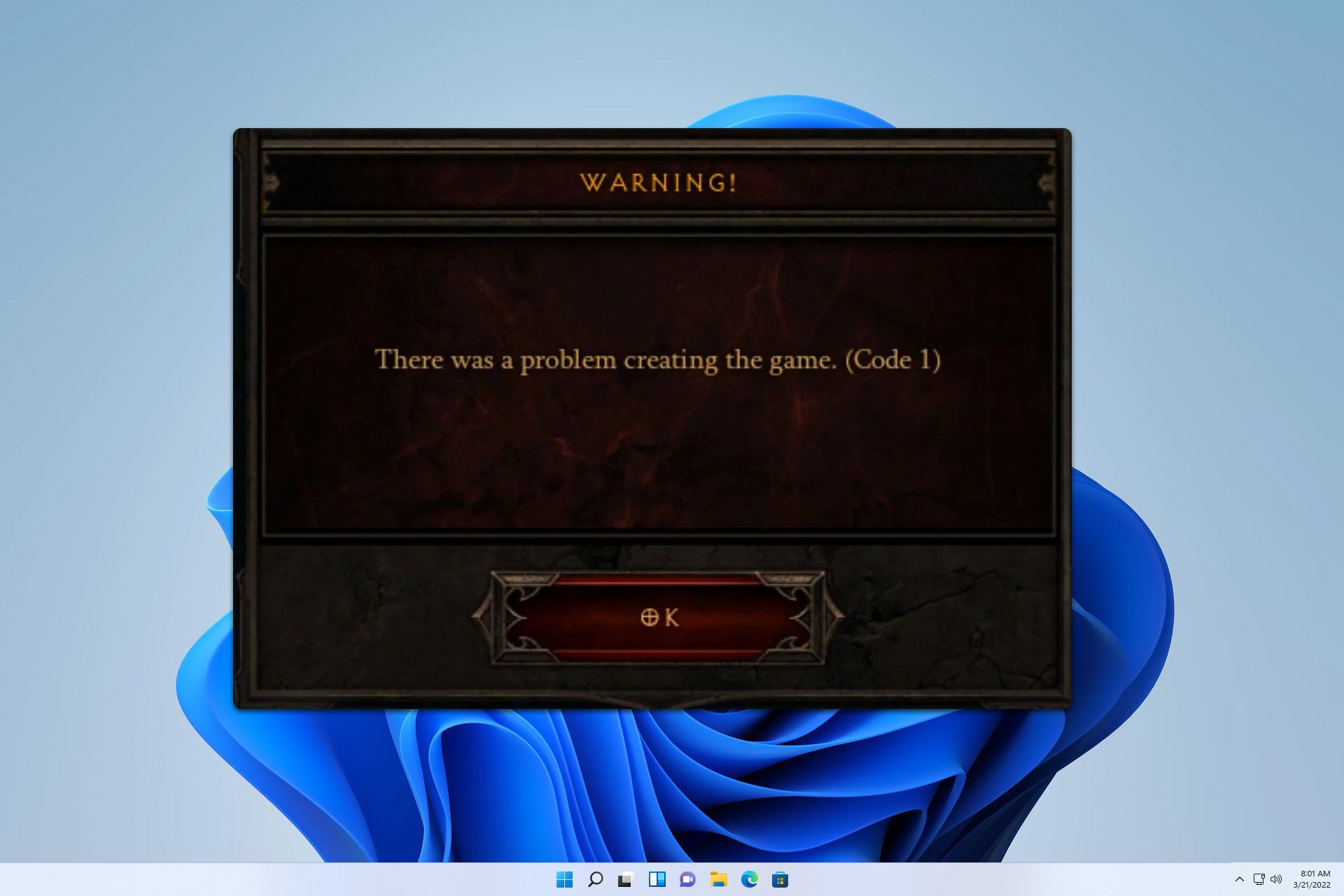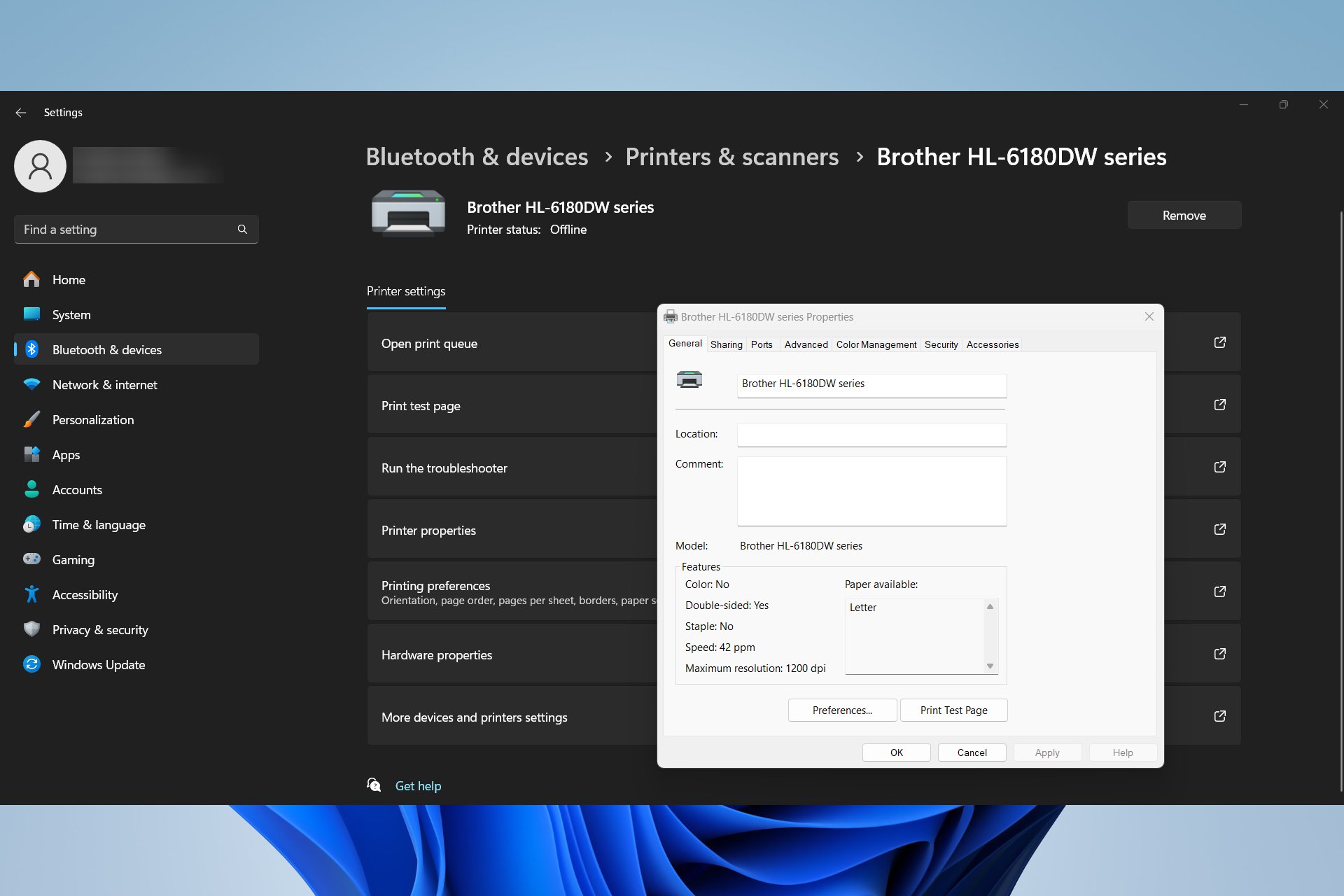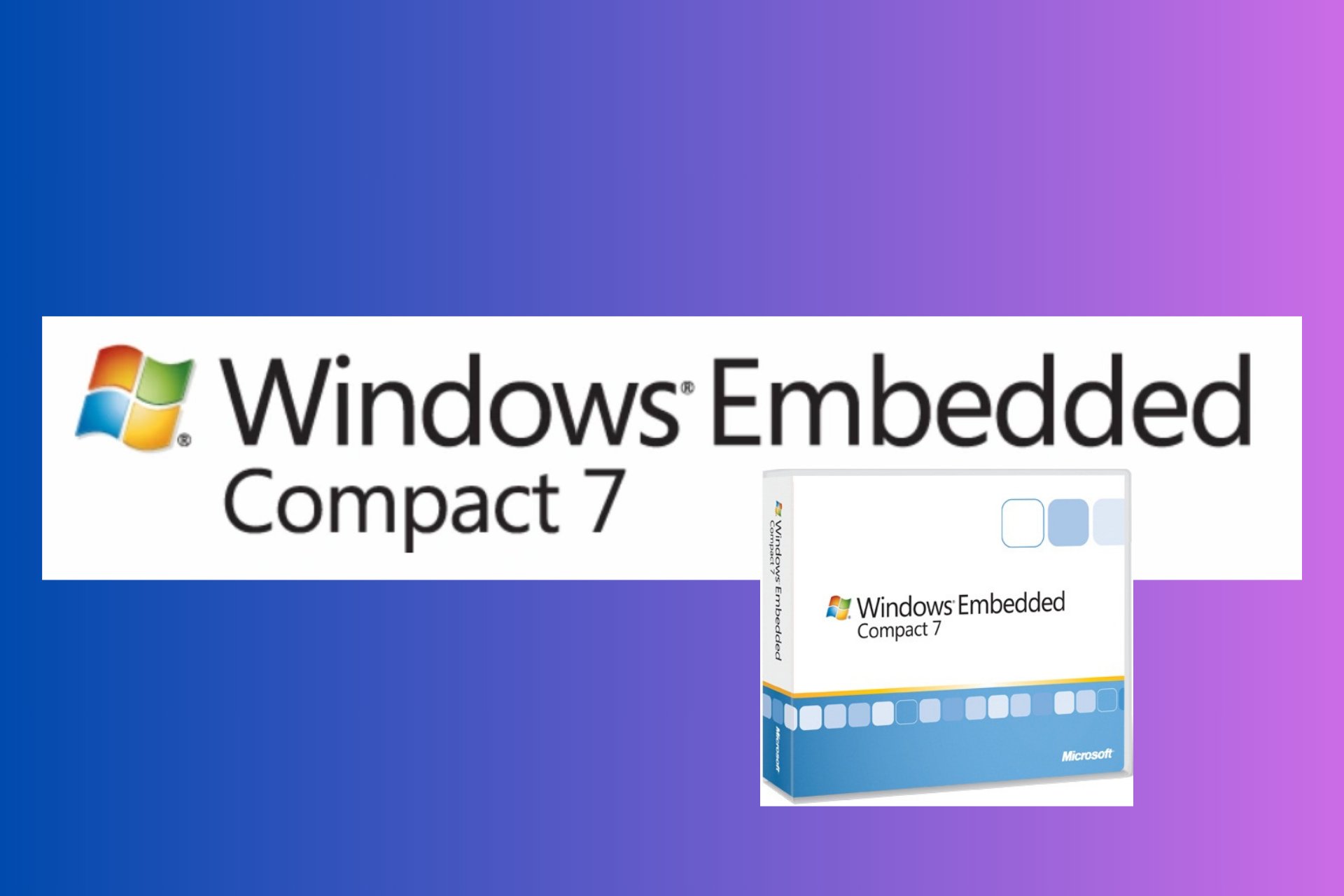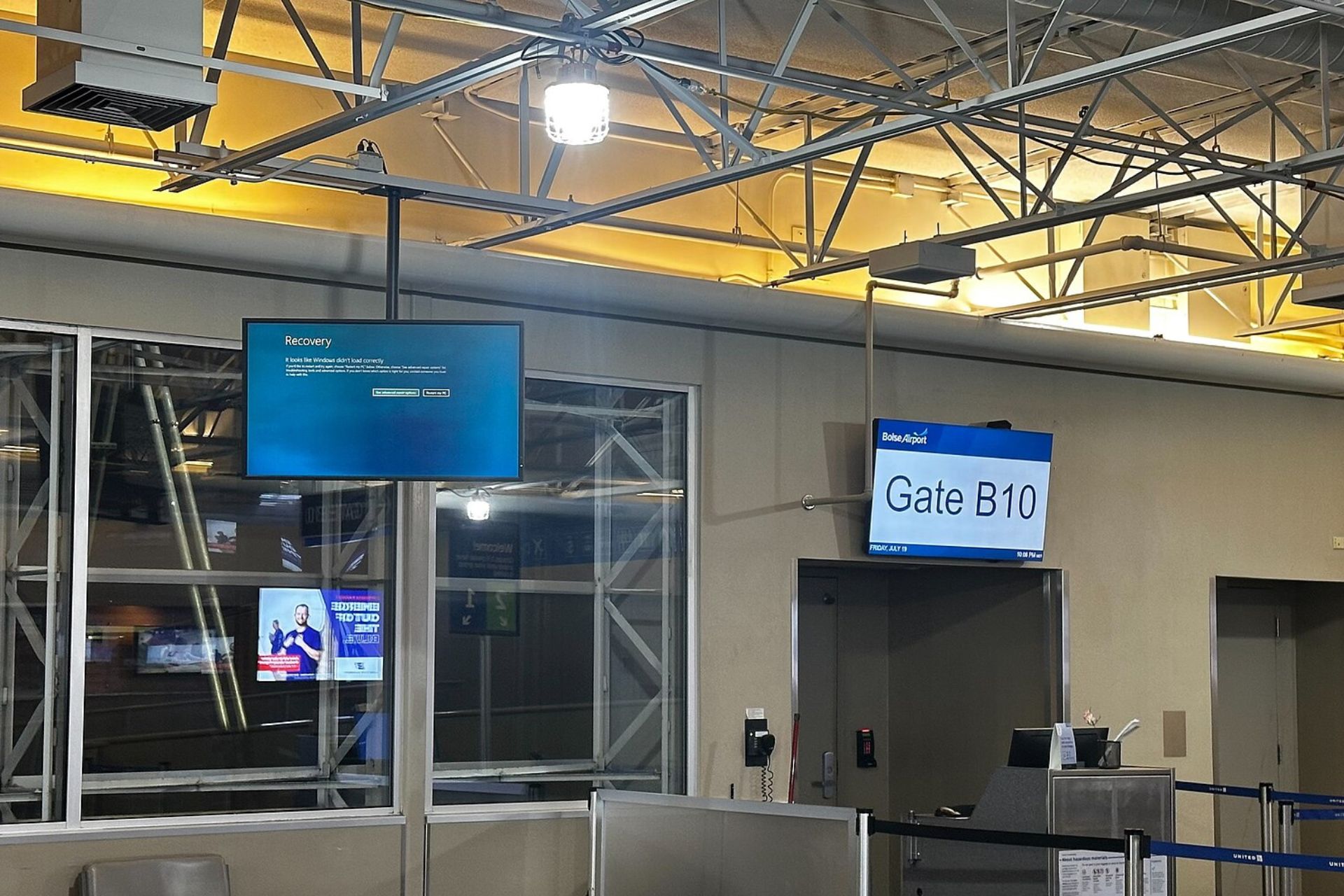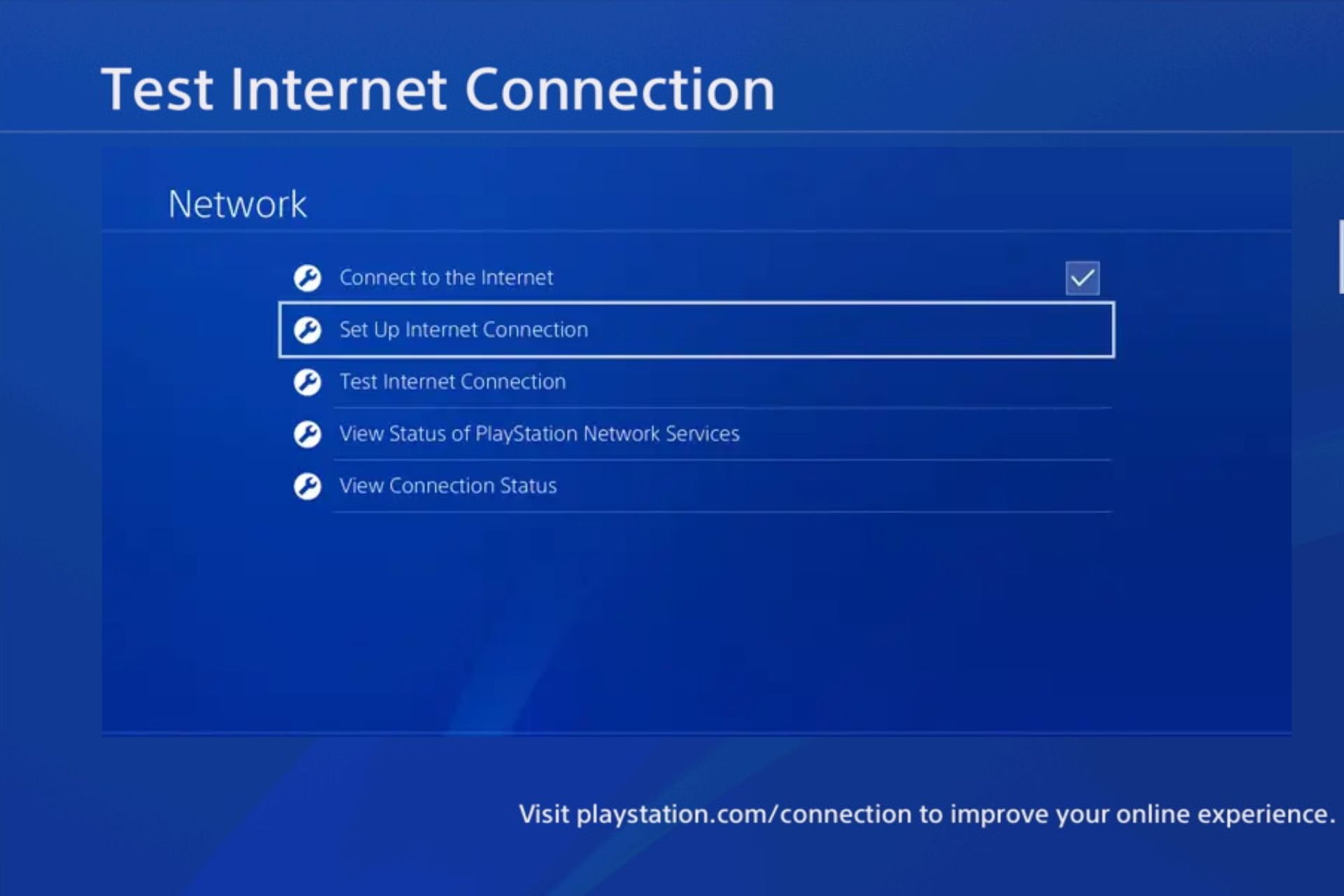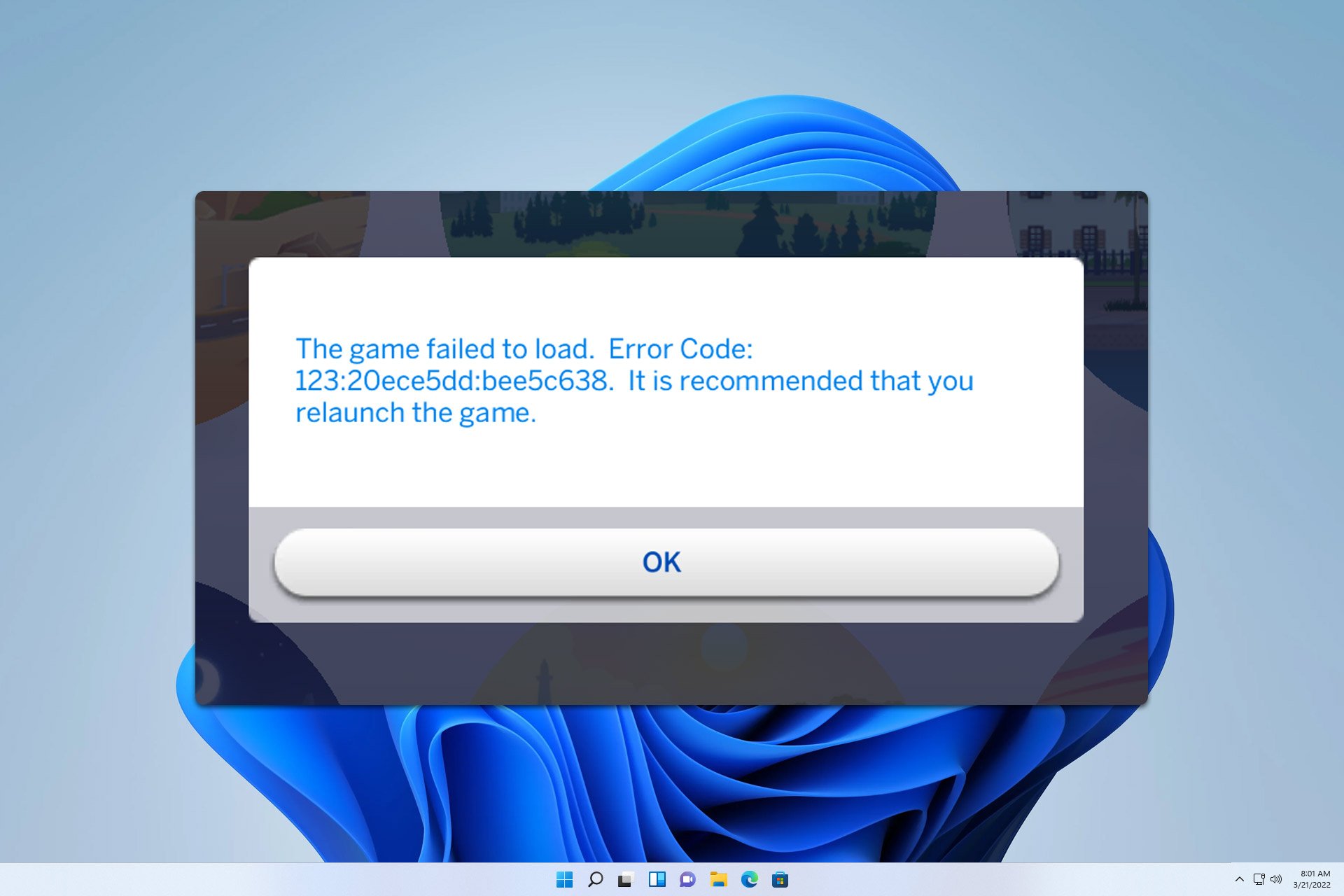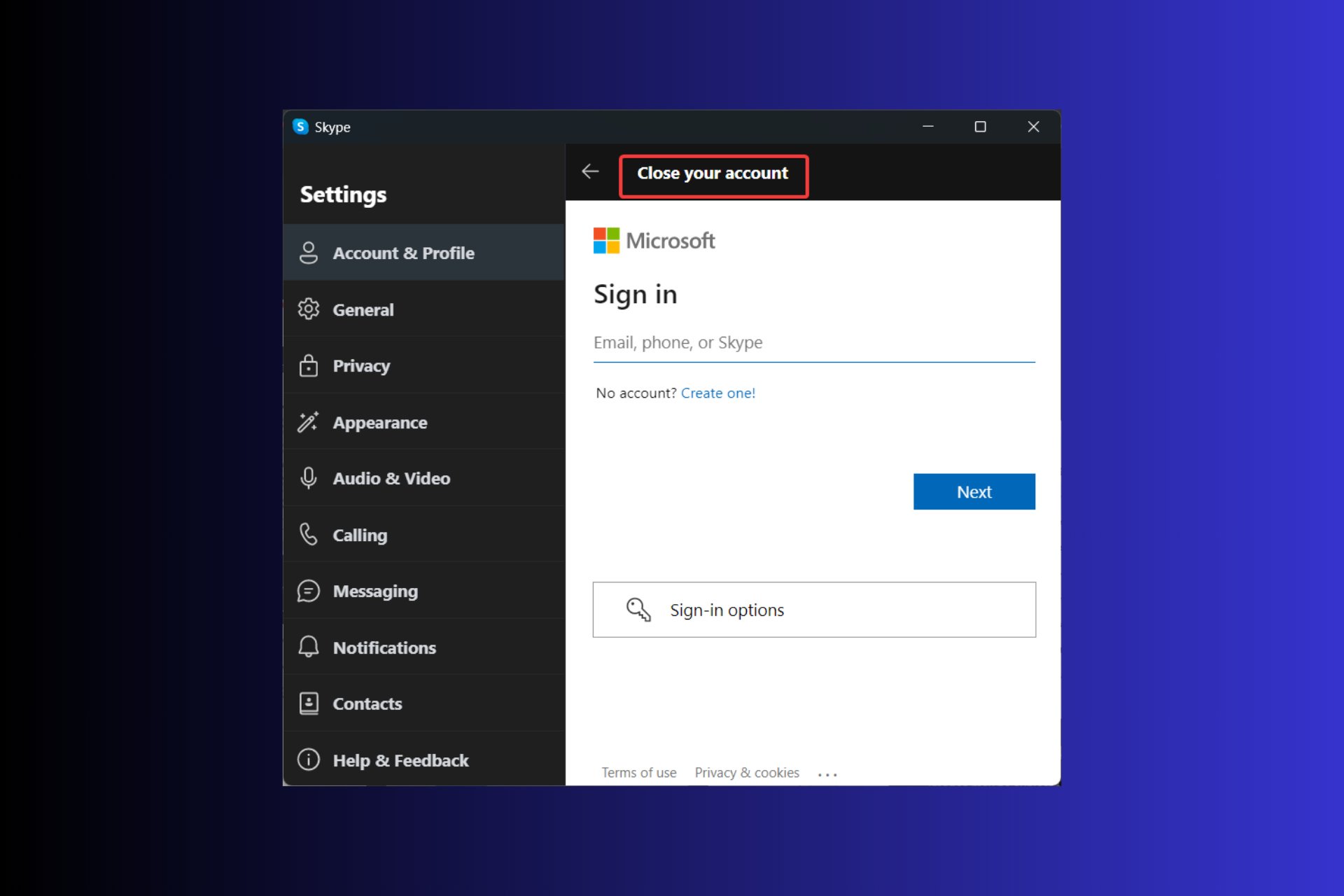Windows 11 Build 22000.282 is here and has several fixes
8 min. read
Updated on
Read our disclosure page to find out how can you help Windows Report sustain the editorial team Read more
Key notes
- Insiders on the Beta and Release Preview channels now have access to the Windows 11 Build 22000.282.
- The build has an extensive list of fixes which addresses the L3 caching issue.
- Insiders will be testing the build first before it is officially released later this month.
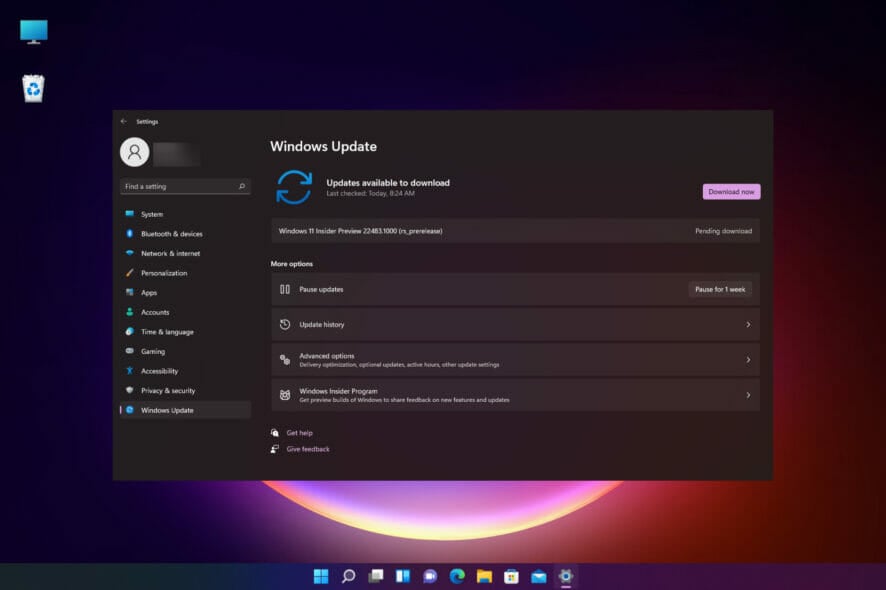
Earlier in the week, we reported that Windows 11 latest update had an issue affecting AMD Ryzen processors. Microsoft made a statement that they would fix the issue later in the month, but now, Windows Insiders get to be the first to put it to test.
Bug fixes
- The L3 caching issue that was affecting performance in AMD Ryzen processors after installing Windows 11 has been fixed.
- A number of users who had issues that prevented the Start menu from working and could not see the updated taskbar after upgrading to the new OS have now been fixed.
- A race condition that occurred at the initial part of the start up and may cause a stop error has been fixed.
- The regression that could cause the stop error 0x38 on some machine configurations using non-ASCII text in the registry has been fixed.
- Some devices had stopped responding due the interrupt handling of certain processor issues but has now been fixed.
- There was an issue with Powershell that led it to create an infinite number of child directories when using the Move-item command. This has now been fixed.
- The Server Manager application was disappearing after using it to remove Hyper-V features after installing Windows 11. This issue has now been fixed.
- There was an issue with the Windows Remote Management service that caused it to stop under high load. This has now been fixed.
- The Windows Management Instrumentation provider host had an issue making it to stop because of an unhandled access violation using the Desired State Configuration. This has now been fixed.
- Devices stopped responding when forcibly shut down while updating a Group Policy. This has now been fixed.
- There was an issue where file migration failed between Distributed File System paths stored on different volumes. The issue occurs when implementing the file migration using PowerShell scripts using the Move-Item command but has now been fixed.
- Users had issues with writing to a WMI repository after a low memory condition, but it has now been fixed.
- There was an issue with the hardcoded font in the PowerShell shortcut file that caused a distortion in fonts for Japanese, Chinese and Korean languages. New users have this issue fixed, but existing users can use C:\Users\Default\AppData\Roaming\Microsoft\Windows\Start Menu\Programs\Windows PowerShell\Windows PowerShell.lnk file to open PowerShell to address the issue. Another way is to create a shortcut to this file on the desktop and use the shortcut to open PowerShell.
- There was an issue while parsing time formats that excluded milliseconds, but that has now been fixed.
- Some Enhanced metafile Format files were incorrectly rendered when you build the EMF third-party apps with ExtCreatePen() and ExtCreateFontIndirect() but has now been fixed.
- Administrators now have the option to reset the zoom to default for HTML dialogs on Microsoft Edge Internet Explorer mode.
- Enterprise Mode Site List redirection from Internet Explorer 11 to Microsoft Edge had issues where the redirection opens a site in multiple tabs in Microsoft Edge. This has been fixed.
- Internet Explorer would stop working when you input certain characters in the Input Method Editor (IME). This has now been fixed.
- The issue with PropertyGet in JScript9.dll has been fixed.
- He issues a memory leak that occurs while using nested classes within VBScript has been fixed.
- The NumLock had an issue of failing to keep the state after a Fast Startup restart but has now been fixed.
- There was an issue that caused moving app windows unusually slow, especially if a File Explorer window is visible on the screen but has now been fixed.
- The Mail app had issues where it intermittently prevented it from accepting keyboard input in the address and subject boxes but has now been fixed.
- The UI had an issue of renaming files while using folder view and could not handle inline composition using the new Japanese IME.
- The App-V had an issue that intermittently causes black screens to appear when signing in on the credentials page but has since been fixed.
- The internet print server had an issue where it failed to properly package modified printer properties before sending the package to the client but has now been fixed.
- A new Group Policy setting for the following registry value was implemented (See KB5005010 for more details):
Registry location: HKLM\Software\Policies\Microsoft\Windows NT\Printers\PointAndPrint
Value name: RestrictDriverInstallationToAdministrators
Value data: 1
- There was an issue that caused Xbox Game Bar recording features to be unavailable but has now been addressed.
- Audio captured by voice assistants was distorted but has now been fixed.
- There was an issue with a memory leak in lsass.exe when the pTokenPrivileges buffer is not released but has now been fixed.
- Kerberos.dll had stopped working within the Local Security Authority Subsystem Service (LSASS) when LSASS processes simultaneous Service for User (S4U) user-to-user (U2U) requests for the same client user but has now been fixed.
- There was an issue with a non-paged pool (NPP) leak from the UxSF pool tag that occurred when lsass.exe stops processing asynchronous Security Support Provider Interface (SSPI) calls. This issue has now been fixed.
- There was an issue that prevented you from enabling BitLocker on a thinly provisioned virtual machine (VM) which was bringing up the error “A device attached to the system is not functioning” and the system logs, “STATUS_UNSUCCESSFUL.” This has now been fixed.
- The MSense.exe performance has been improved in environments with User Datagram Protocol (UDP) applications that use high amounts of bandwidth.
- There was an issue with Windows Defender Exploit Protection which prevented some Microsoft Office applications from working on machines with certain processors, but this has since been addressed.
- Credentials for Azure Active Directory (Azure AD) Active Directory Federation Services (ADFS) users in Quick Assist have now been enabled.
- Quick Assist users had issues that prevented them from using full screen view after they started a remote assistance session but has now been fixed.
- Set-RDSessionCollectionConfiguration had an issue where it failed to set the camerastoredirect:s:value custom property but has now been fixed.
- The RemoteApp had an IME mode instability but has now been fixed. users must, however, install the update on both the Remote Desktop server and Remote Desktop client.
- The IME toolbar was appearing despite the RemoteApp being closed but has now been fixed.
- There was an issue with explorer.exe that caused a paged pool memory leak of the registry keys for the Virtual Desktop ID but has now been fixed.
- The contrast theme colors have also been adjusted to make hyperlinks more distinct when using the desert theme.
- The issue where the Narrator and other screen readers announced when the Start menu is open has been fixed.
- There was an issue with the search bar that made the search index damaged in certain ways, and attempts using the search bar or taskbar would fail. This has been fixed.
- There was an issue where the search window was appearing on a secondary monitor but has now been fixed.
- The File Explorer window had an issue where it would lose focus when you map a network drive. But has since been fixed.
- The lock screen had an issue of going black when slideshow was set up but has now been fixed.
- There was a reliability issue with LogonUI.exe that affected the rendering of the network status text on the credentials screen but has now been fixed.
- The Shift and clicking control keys could not be used to open multiple instances of an app but has now been fixed.
- The visual design and animations of the Chat icon on the taskbar have been updated.
- The warning when shutting down or restarting if no other users are logged on about losing other people’s unsaved work has been removed.
- When you configure the policy, the message “Delete user profiles older than a specified number of days on system restart” would appear. This has now been fixed.
- The issue where a Remote Desktop Protocol (RDP) service would fail or immediately drops has been fixed.
- The input delays for some Bluetooth mice and keyboards has been fixed.
- The issue where the Start menu would open after a video driver upgrade has been fixed.
- The precision estimates for downtime when the estimates are at least two minutes or more have been improved.
- The LSASS domain controller had a memory leak issue that is reported in Privileged Access Management (PAM) deployments but has now been fixed.
- The issue where the LDAP client library receives a referral when the Lightweight Directory Access Protocol (LDAP) bind cache is full has been fixed.
- The issue in Adamsync.exe that affects the syncing of large Active Directory subtrees has been fixed.
- There was an issue where a deadlock occurred when Offline Files are enabled causing, CscEnpDereferenceEntryInternal holds parent and child locks. This has now been fixed.
- The ability to configure period or dot (.) delimited IP has now been fixed by interchanging with fully qualified host names in the following Group Policy settings:
Are the new fixes enticing enough? Share your thoughts in the comment section below.

